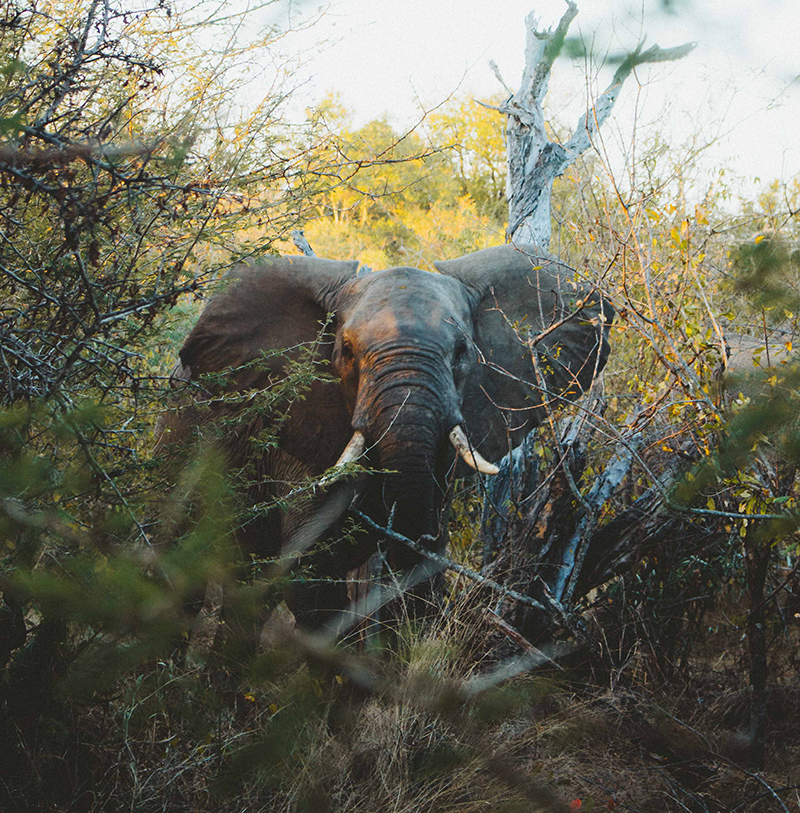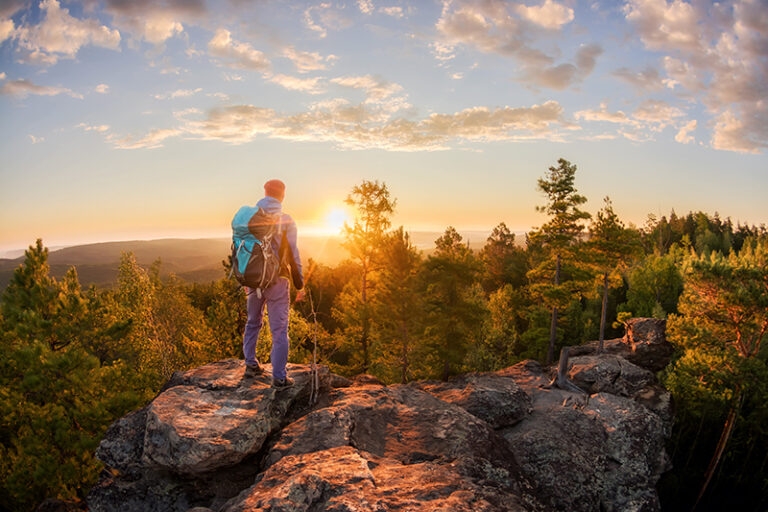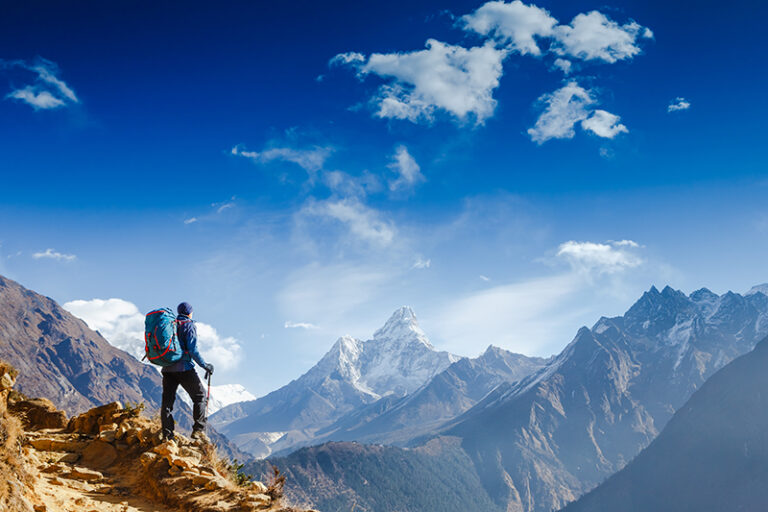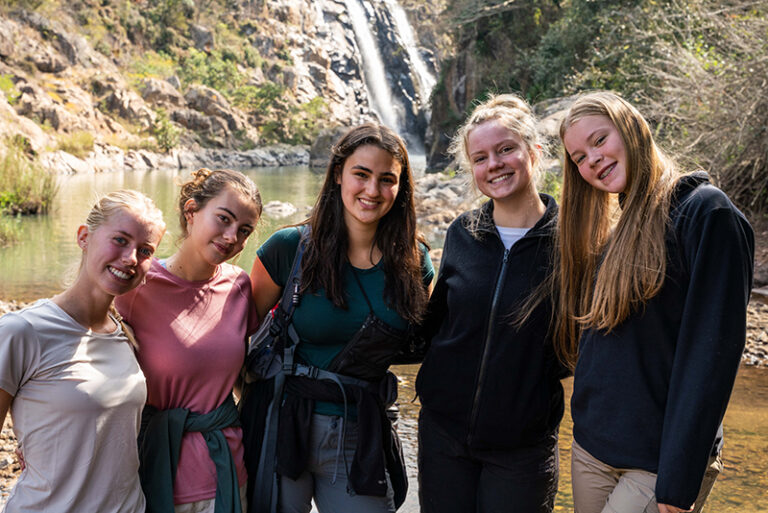It was once the most normal backpacker experience. You’re on your curriculum travel in Southeast Asia, sitting on top of one of the world’s most majestic creatures, an elephant. You take in your lush surroundings as the giant animal slowly meanders through a thick jungle or along a white sandy beach. Later, there may even be enough time to help wash or feed the elephant – before you snap a quick selfie with it and go on your merry way.
But times have changed. Elephant riding is no longer an acceptable tourist activity – along with many other animal interactions that are geared towards travellers. Not only do these activities incur safety concerns for humans, but they can also result in significant animal harm – for instance, when an elephant is taught to carry people.
So it’s good news that student travel companies are beginning to remove these experiences from their trips. You’ll never find an elephant ride on a World Challenge itinerary. Working with World Animal Protection, we ensure our trips are responsible and ethical, and that they do not play a role in perpetuating animal exploitation or cruelty. Whether it’s trekking in the mountains, exploring cultural heritage, or engaging in expedition tours, our focus is on providing meaningful experiences without compromising the welfare of animals.
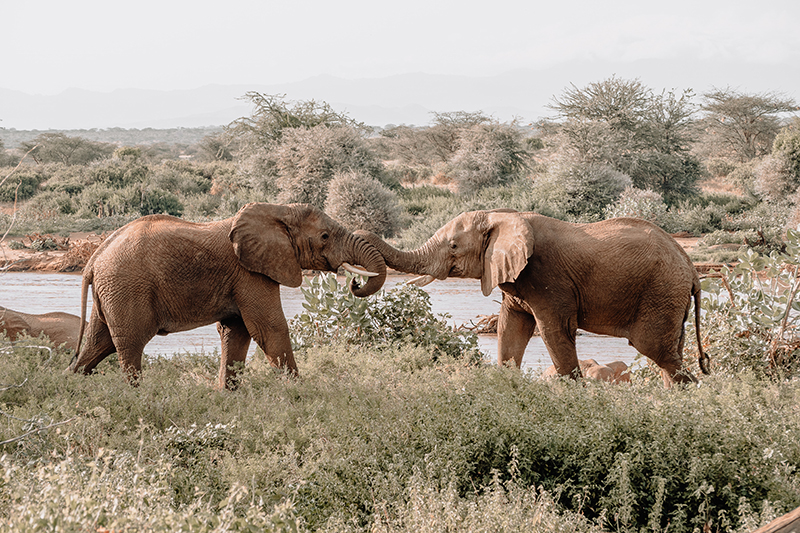
The crush – breaking an elephant’s spirit
Many tourists are unaware of the unseen cruelty and abuse that characterise an animal’s life when they play a role in the tourism industry. Training an elephant to carry a human on its back is perhaps one of the most horrifying. The Phajaan, or “elephant crushing”, is the brutal method used to tame wild baby elephants for domestication.
Calves are taken away from their mothers, confined to a small place, and then repeatedly beaten with bull hooks until their spirit is broken and they become submissive to humans. It’s still an accepted practice in Thailand, where some 6,500 elephants are currently living (with around 2,500 of them poached from the wild).
Perpetuating the problem
Other reasons to avoid elephant riding include their dire living conditions – elephants are chained when they aren’t working, and often not fed or given enough water. Their spines can’t support the weight of humans all day, which can lead to permanent spinal damage. Meanwhile, baby elephants are chained to their mothers during treks. They must keep the pace – unable to stop, rest or nurse – as mahouts (guides) prod the mothers with a bull hook to keep them going.
Tourists are unwittingly driving elephant cruelty by opting for “softer” interactions like bathing and selfies – but these cause just as much suffering as elephant rides and circus-style shows, with these elephants also undergoing “the crush”. There has been a boom in elephant washing venues in Thailand, with the number of these venues more than tripling between 2015 and 2020. Supporting these venues supports the behind-the-scenes cruelty, helping the industry to thrive and perpetuating the problem.
Curriculum Travel: Responsible tourism involves educating oneself about the ethical implications of various activities, such as elephant interactions, to make informed choices that contribute to the well-being of animals and the environment.
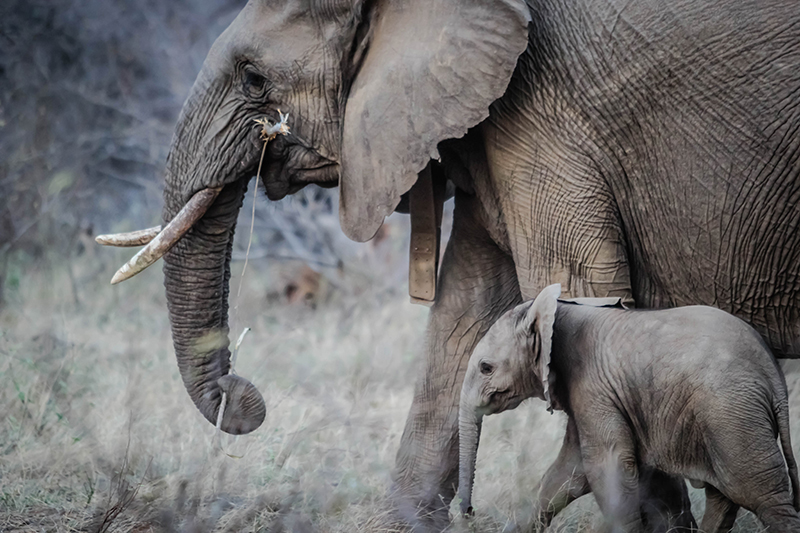
Seeking alternatives
There are, however, lots of places where travellers can interact with elephants ethically, especially through expedition tours. World Animal Protection has put together a handy elephant-friendly checklist that includes venues with the highest level of care for their elephants. These include a sanctuary in Cambodia, where 11 elephants are free to roam 1,500 hectares of protected forest. It’s a stark contrast to their past lives of working in the logging and tourism industries.
For Liz Tuck, Product & Sustainability Team Manager at World Challenge, the key is to take a non-hands-on approach. “We ensure that all our animal encounters are not humanised, so we avoid washing, touching or riding elephants,” she says. “Instead, we support venues that keep animals in their natural environment as much as possible. Our travelling students can see elephants roam while they trek, and help grow the fruit and vegetables the elephants will go on to eat. It’s a far more unique experience – and often the most memorable aspect of the whole trip for the students.”
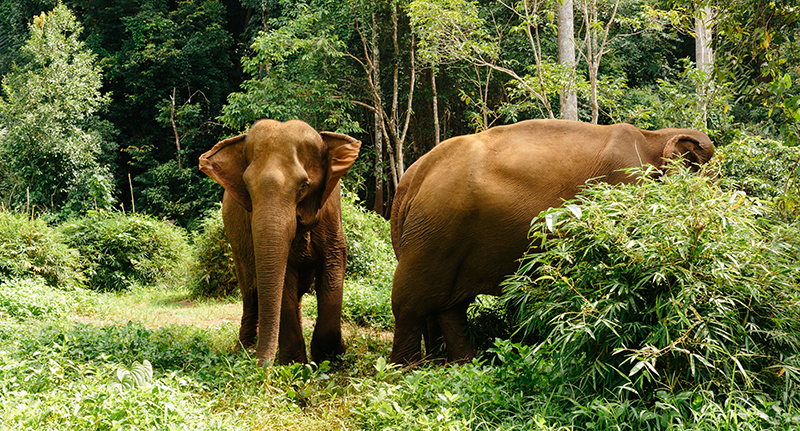
Safe space and safari guidelines
At World Challenge, we only work with sanctuaries where animals are captive for their protection. For instance, the Sepilok Orangutan Rehabilitation Centre in Malaysia cares for orphaned baby orangutans rescued from logging sites, poaching or as pets, while the Bornean Sun Bear Conservation Centre protects the world’s smallest bears who are sadly hunted for their body parts.
When it comes to safaris, we only work with audited and approved providers. All our trips follow strict guidelines on keeping a respectful distance from animals and avoiding over-visited destinations. “Visiting wildlife sanctuaries can be a win-win,” says Liz Tuck. “The students get to tick something off their bucket list, like seeing an orangutan, and the entrance fees help support the care and protection of those animals.
“But it’s important to do the checks and balances in advance, to make sure that support is going to the right places. Ultimately, the welfare of the animals comes first and foremost, over and above getting a cool photo or seeing something unique.”
Written by Ellie Ross
